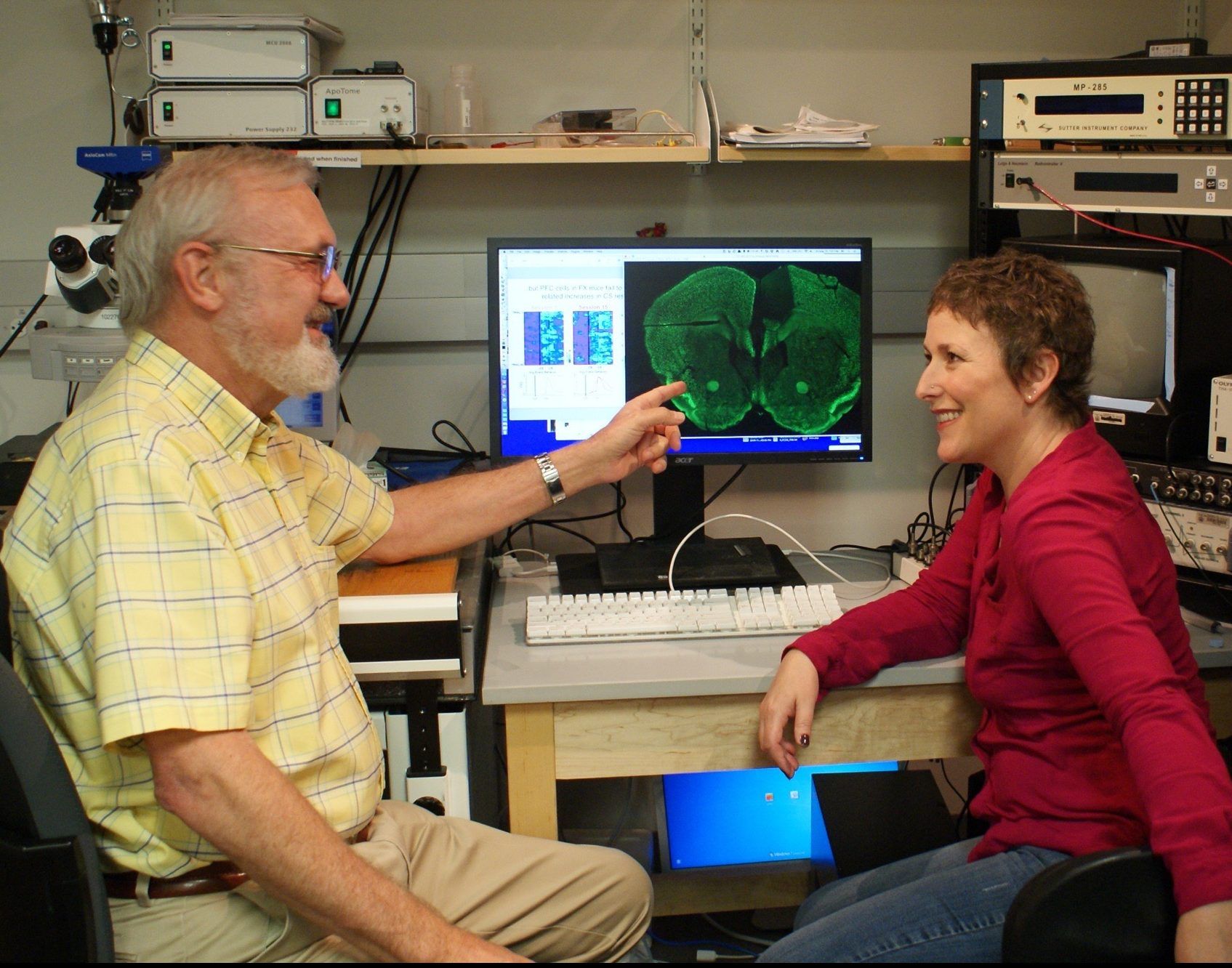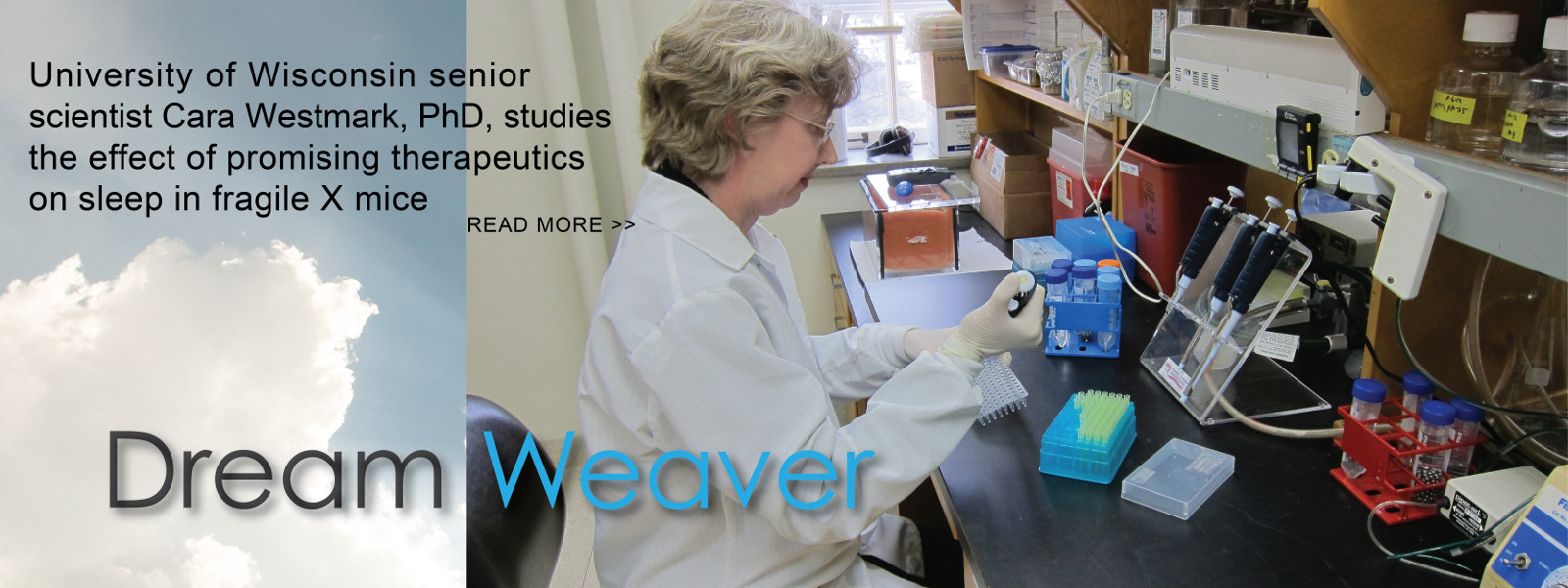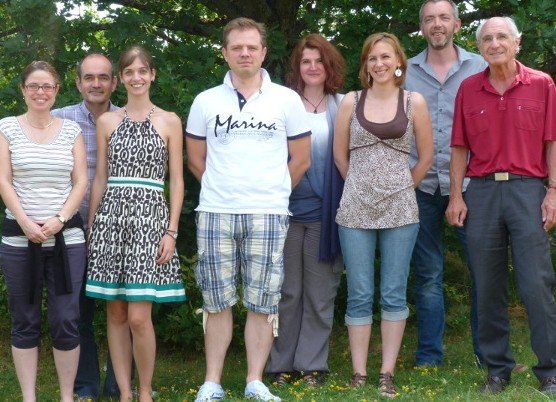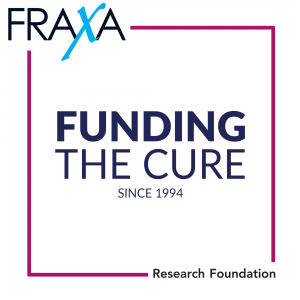2016: 4 Countries - 10 Teams - $1 Millions
From finding new treatment targets, to pinpointing outcome measures for future clinical trials, to attempting to reactivate the gene which is silenced in Fragile X syndrome, these innovative scientists will bring us closer to a cure.
Improving Clinical Trials
Many parents of children with Fragile X know well the struggles of getting their children to sleep through the night. Mice and fruit flies engineered to mimic Fragile X Syndrome also have disrupted sleep. Drs. Westmark and Smith will test potential therapeutics in mice using sleep as an outcome measure and investigate whether sleep could be used as an outcome measure for future clinical trials.
The search is on for a simple blood test to measure how well a treatment works for an individual with Fragile X. Dr. Frank Kooy’s team investigates.
Testing Treatment Targets
One of the goals of FRAXA’s research program has been to find biological pathways affected in Fragile X that are amenable to treatment with small molecules (drugs). Past efforts have been successful, generating large numbers of treatment targets, and this year, Dr. Osterweil and Dr. Bardoni will study new promising targets.
All these treatment targets raise an important question: are these various neural pathways and targets related at some key point? Is there a critical node, a point where pathways connect, which would allow for the most effective treatment? Two projects funded last year are looking for just such critical nodes (see Vanderklish and Moine). Until a critical node is found, we may need combinations of drugs to best help people with Fragile X syndrome. Dr. Razak’s study of combination treatments aims to show us the best way forward and form the basis for success in clinical trials.
Reactivating the Fragile X Gene
The holy grail of Fragile X research is to reactivate the gene, FMR1, which is silenced in people who have the syndrome. Using genetic engineering, researchers can already switch on the gene in adult Fragile X mice, and correct symptoms in this way. Teams led by Dr. Peter Todd and Dr. Jeannie Lee will pursue gene reactivation in mice using the new technique, CRISPR.
Congratulations to the new grantees! The grand total of these awards is $1,022,000 over the next two years. Additional awards still to come!
Mechanisms of Tolerance to Chronic mGluR5 Inhibition
Over the past few years, both Novartis and Roche sponsored large-scale clinical trials of metabotropic glutamate receptor 5 (mGlu5) negative allosteric modulators (NAMs) to treat Fragile X syndrome (FXS). With a $90,000 grant from FRAXA Research Foundation in 2015-2017, Dr. Mark Bear’s team will explore if mGlu5 NAMs dosed chronically causes tolerance, and if so, how it develops and to probe new avenues to prevent or circumvent it.
Read More »Prefrontal Cortex Network (PFC) Dynamics in Fragile X Syndrome
With a $90,000 grant from FRAXA Research Foundation from 2016-2017, Dr. Daniel Johnston and Dr. Jenni Siegel at the University of Texas at Austin are analyzing pre-frontal cortex (PFC) dysfunction in the Fragile X model. They have preliminary evidence that Fragile X mice are severely impaired in a prefrontal cortex (PFC)-dependent task.
Read More »Altered Neural Excitability and Chronic Anxiety in a Mouse Model of Fragile X
With a $35,000 grant from FRAXA Research Foundation in 2016, Dr. Peter Vanderklish at Scripps Research Institute, and colleagues, explored the basis of anxiety in Fragile X syndrome.
Read More »Preclinical Testing of Sleep-Wake Patterns as an Outcome Measure for Fragile X
FRAXA Research Foundation awarded $122,000 over 2016-2018 to Dr. Cara Westmark at the University of Wisconsin at Madison for studies of sleep disorders in Fragile X syndrome.
Read More »Which is the right FMRP for Therapeutic Development of Fragile X Syndrome?
With a 2-year, $90,000 grant from FRAXA Research Foundation over 2016-17, Dr. Samie Jaffrey at Weill Medical College of Cornell University explored which FMRP isoform is the best target to treat Fragile X syndrome.
Read More »Biomarker Discovery and Validation for Fragile X Syndrome
With a $120,000 grant from FRAXA Research Foundation over 2015-2016, Dr. Eric Klann of New York University investigated potential new biomarkers in Fragile X syndrome and how to translate these markers from mouse models to human patients.
Read More »Function of FMRP and Test of a Novel Therapeutic Approach in a Fragile X Mouse Model
With a 2015-2016 $90,000 grant from FRAXA Research Foundation, Dr. Herve Moine and Dr. Andrea Geoffroy aim to uncover the exact role of FMRP and to test a novel possible means to correct for FMRP absence in the mouse model of Fragile X syndrome.
Read More »Correcting Defects in Astrocyte Signaling in Fragile X Syndrome
With a $90,000 grant from the FRAXA Research Foundation from 2015-2016, Dr. Laurie Doering and Dr. Angela Scott at McMasters University studied astrocytes in Fragile X. Astrocytes, brain cells which support neurons, do not transmit signals. Several treatment strategies for Fragile X have been proposed based on correction of “astrocyte phenotypes”.
Read More »Sensory Hypersensibility in Fragile X Syndrome and BK Channel Openers
With $366,100 in grants from FRAXA Research Foundation, these investigators at the University of Orleans studied sensory abnormalities in Fragile X mice and test the ability of a class of drugs, BK channel openers, to rescue these abnormalities.
Read More »










Comments are closed.